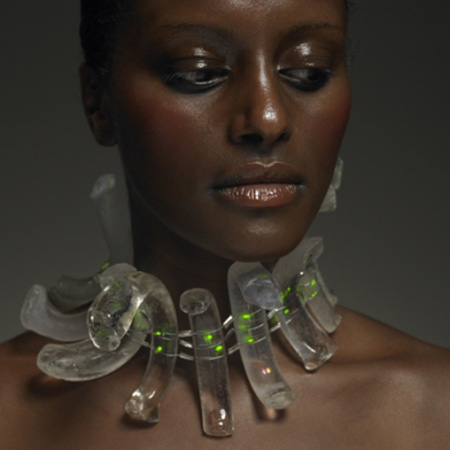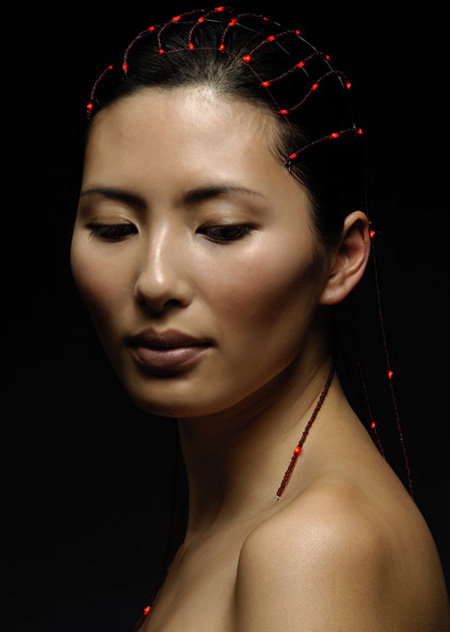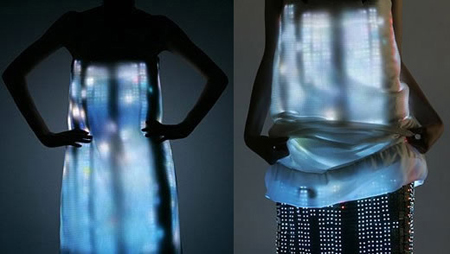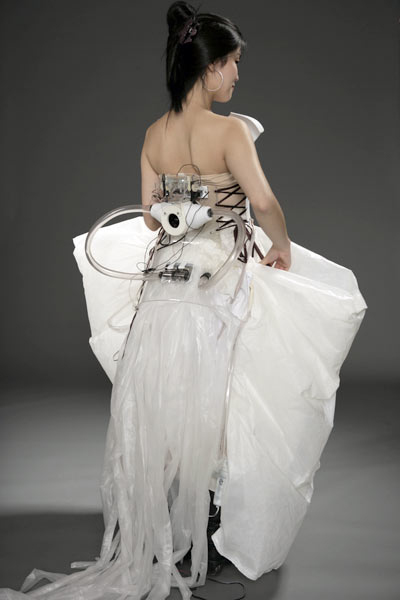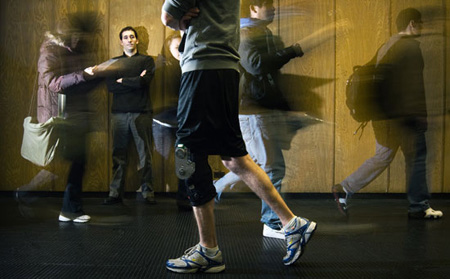 Physiologist Max Donelan is specializing in the biomechanics of walking. One of his current projects is a biomechanical energy harvester. Sensors are incorporated into a knee brace that help control and assist hamstring movement. Energy is harvested when the foot comes down to the ground during the walking cycle (source).
Physiologist Max Donelan is specializing in the biomechanics of walking. One of his current projects is a biomechanical energy harvester. Sensors are incorporated into a knee brace that help control and assist hamstring movement. Energy is harvested when the foot comes down to the ground during the walking cycle (source).
Not the most aesthetically pleasing implementation, but the possibilities for wearable technology are incredible. Here's how Donelan describes it: "Portable electricity represents much more than just a convenience to some people. It allows a soldier to communicate, navigate and get home safely," he said. "It dramatically improves the quality of life for stroke victims, amputees, and others who rely on power-assisted medical devices to get around." (source)
Read the full article on cnet.com
